I’ve been working on a new project for about the last 4 weeks now. Oh golly. A month. Ok so I’ve been working on this new project for a month. I’m still not happy with it. The math keeps coming up wrong. It uses shapes that I cannot layout with my quilt design program (it’s based on part of a hexagon and part of a triangle, so at least not with minimal effort and I didn’t want to have to take six months to figure out how to use the program). So this one has to be done the REALLY old fashioned way of jump in and start making it and figure out what’s going wrong.
The first one was ok but had way too much negative space in it, so I started over.
The second design I like a lot. It is a bit fiddly but once you get going it’s not bad. Nice layout of the main block, not too much negative space but I can’t make it be square. The block isn’t square so the quilt won’t be square. It will be a close to squarish rectangle and that’s just a factor of the design.
I really wanted a square and I really wanted to map it out on the computer first, so back to the computer I go. Several hours of banging my head against the keyboard and looking at all of the options in the program later, I had something.
The third design was pretty flipping AWESOME except I didn’t realize that somewhere along the line I had traded my hexagon for an octagon, and had blithely gone about cutting out a bunch of pieces of fabric. Anyone who was at First Friday this month may have noticed that at one point I looked at what I had sewn and then very quietly just packed it all up and put it away. That’s because the mistake meant I was making 3 dimensional objects instead of a flat, 2 dimensional quilt.
Insert heavy sigh here.
Got home and Saturday picked out all of the sewing I had done Friday and returned my 3 dimensional objects back into flat pieces of fabric and tried to start over. About 20 minutes in, it hit me: why am I making this so hard? Why am I intentionally making a design that is going to be difficult to piece, and require a chart, and constant reference back to instructions? This project is supposed to be something fun that can be accomplished by any skill level, and something that can support socializing and companionship while being made. I don’t want that to be overly difficult, I want it to be relaxing and fun.
By now the fabric I had been working with was starting to look a little worse for the wear. It was starting to fray and two pieces were more than a little stretched out. I got on line and ordered a new layer cake to use in what will be the FOURTH version of the project. I can lay this version out on the computer. I’m *pretty sure* I can make this one square, like I had originally envisioned. Fabric and color will make the intricacy of the design, not the piecing. Ok this could work. But I’m still gonna have to make it to be sure.
How often in life do I make things way more complicated than they have to be? Between my mental expectations and emotional expectations, I need to stop and look at what I’m working on and look at what will do well in the situation, not so much what I’m trying to get out of it. I’m still pondering this, and trying to figure out how to put it in practice, but I now have two small pieced quilts to give me a reminder of this.

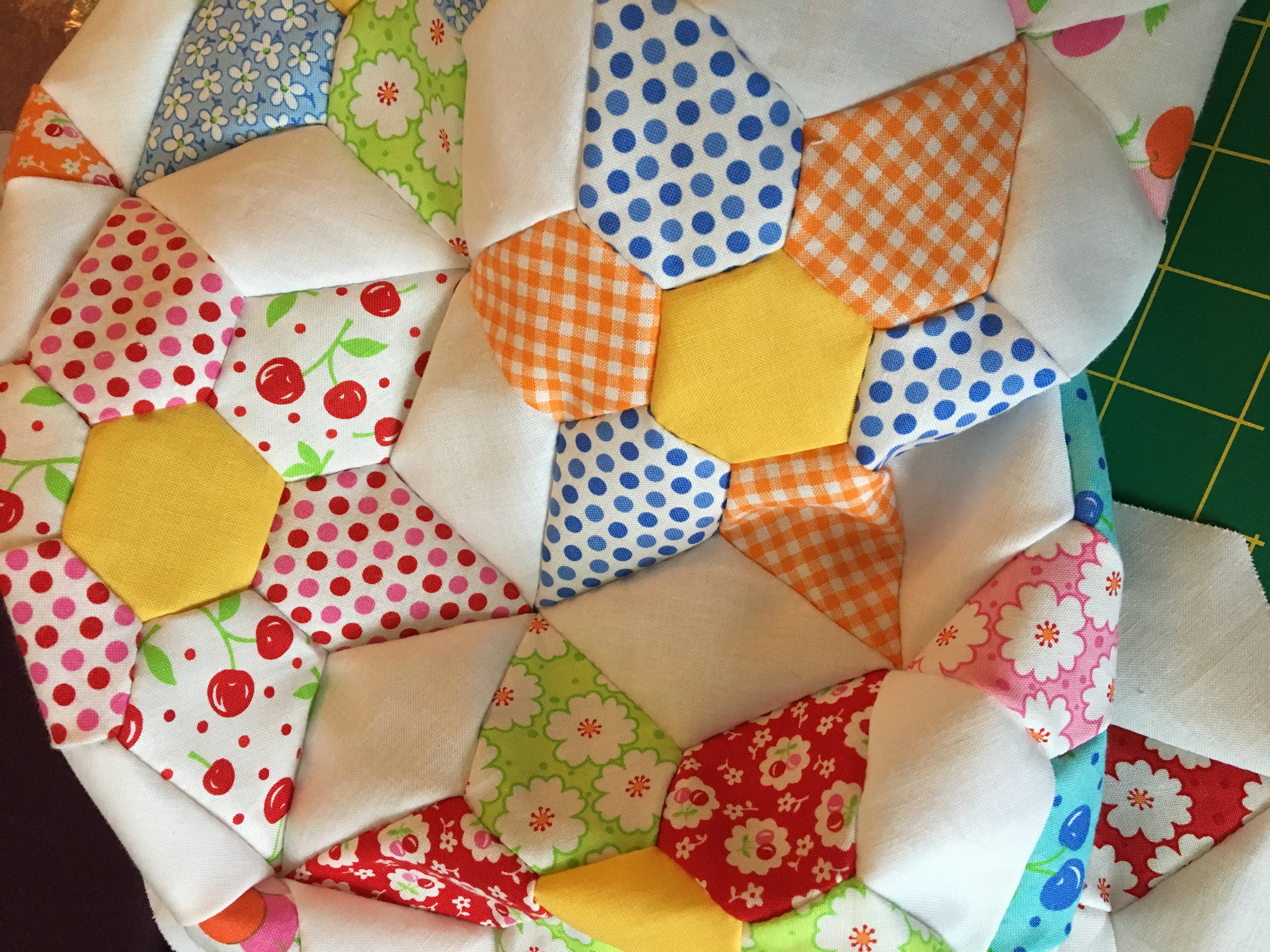
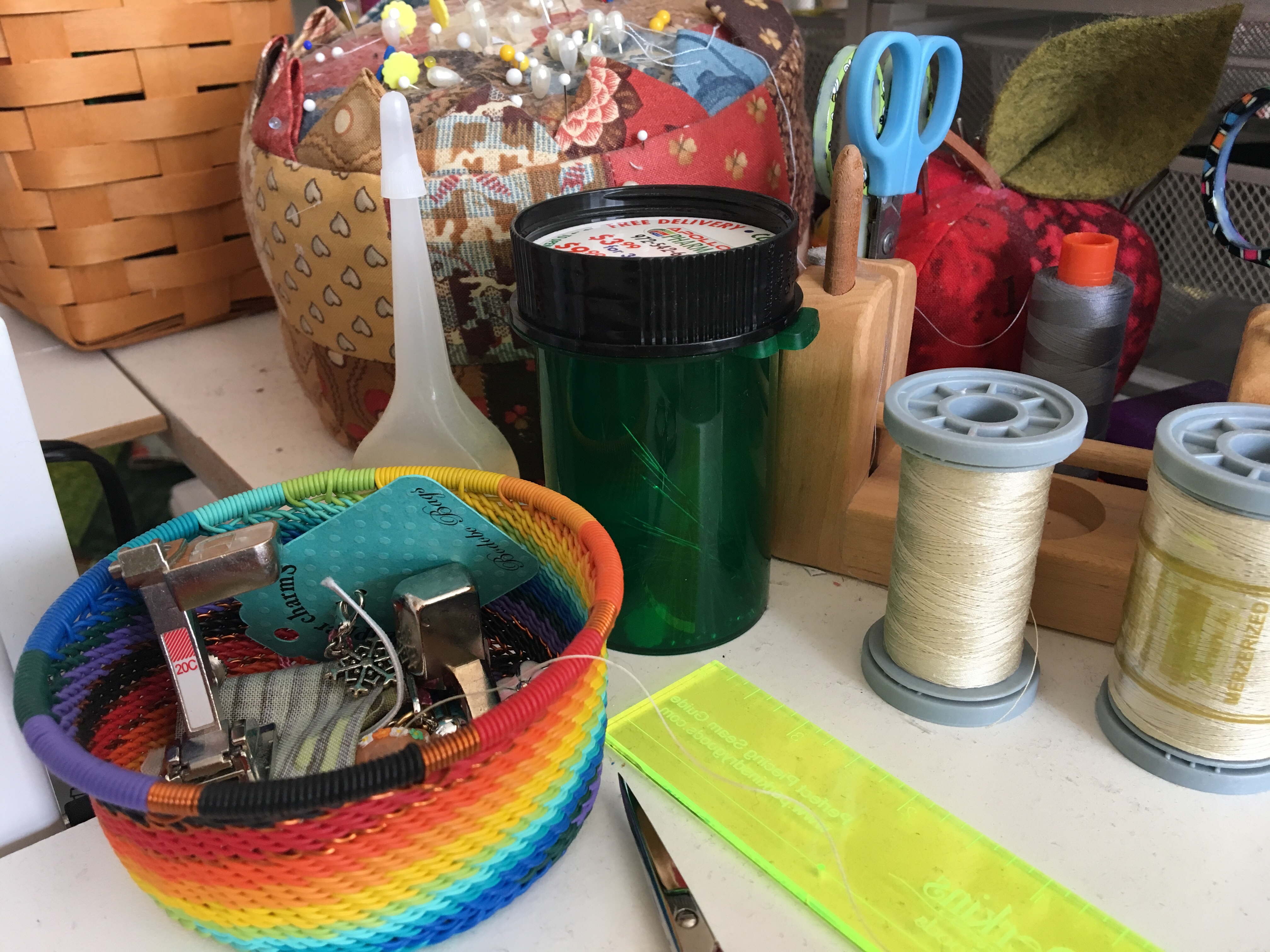
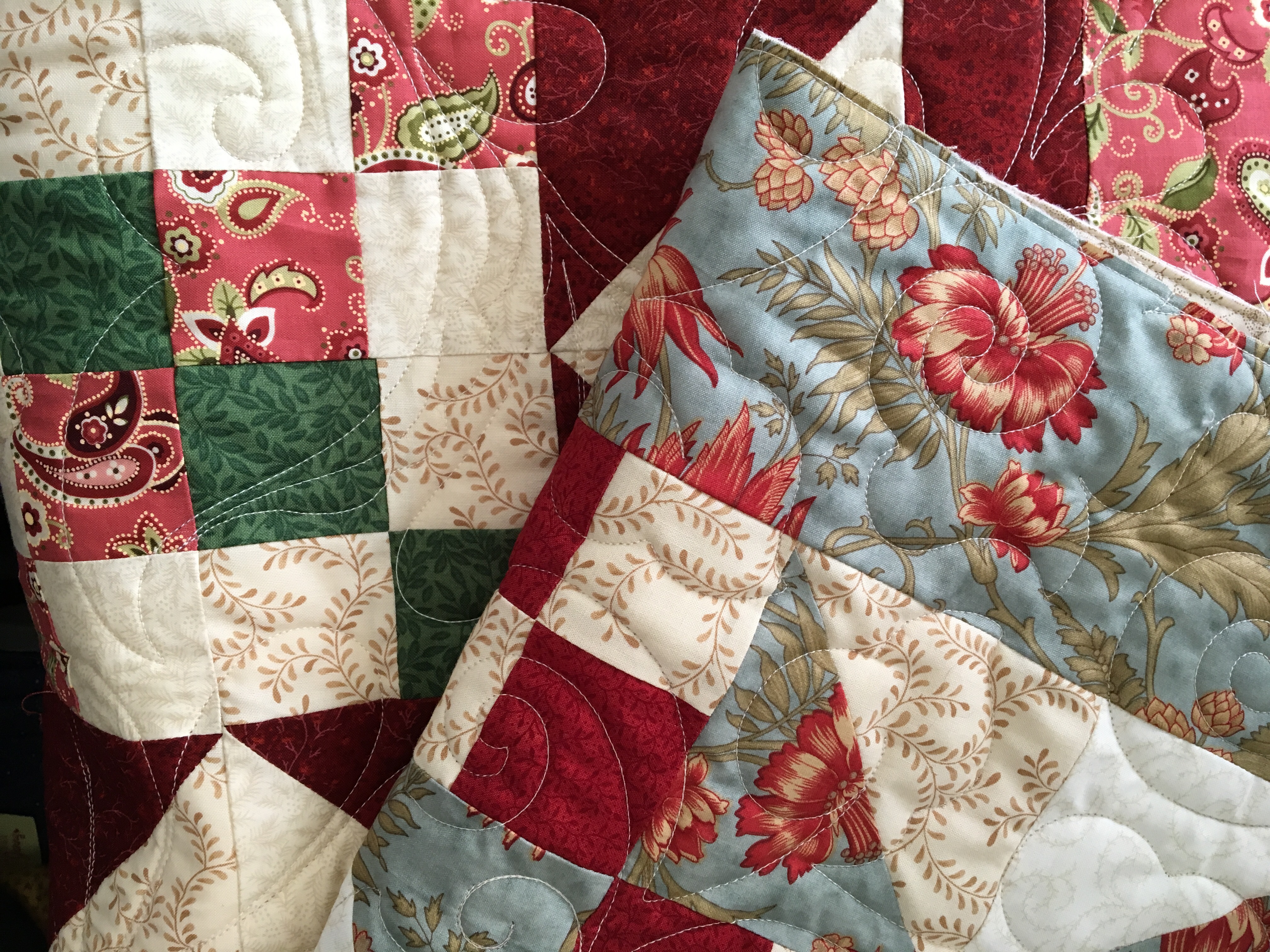
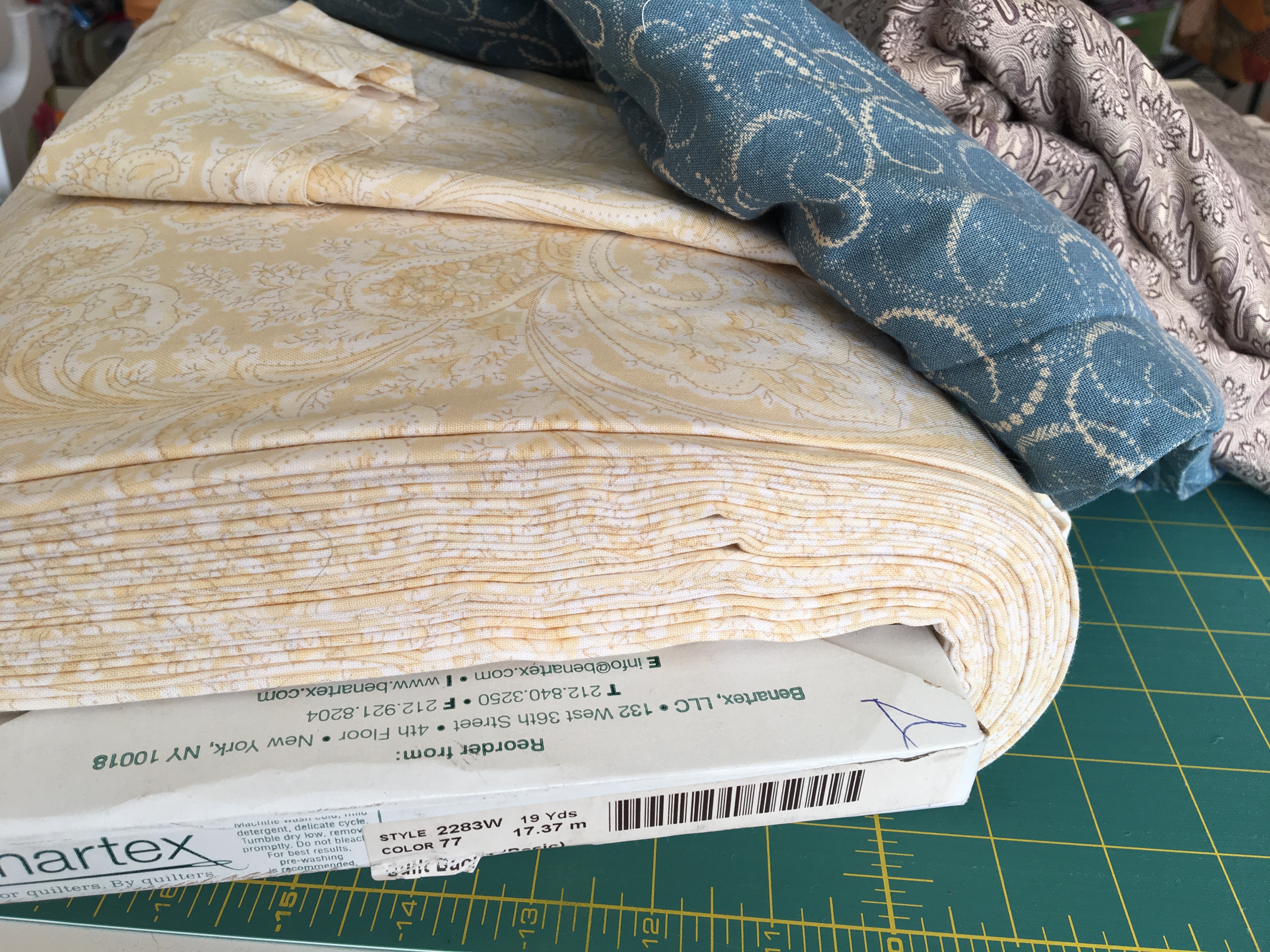
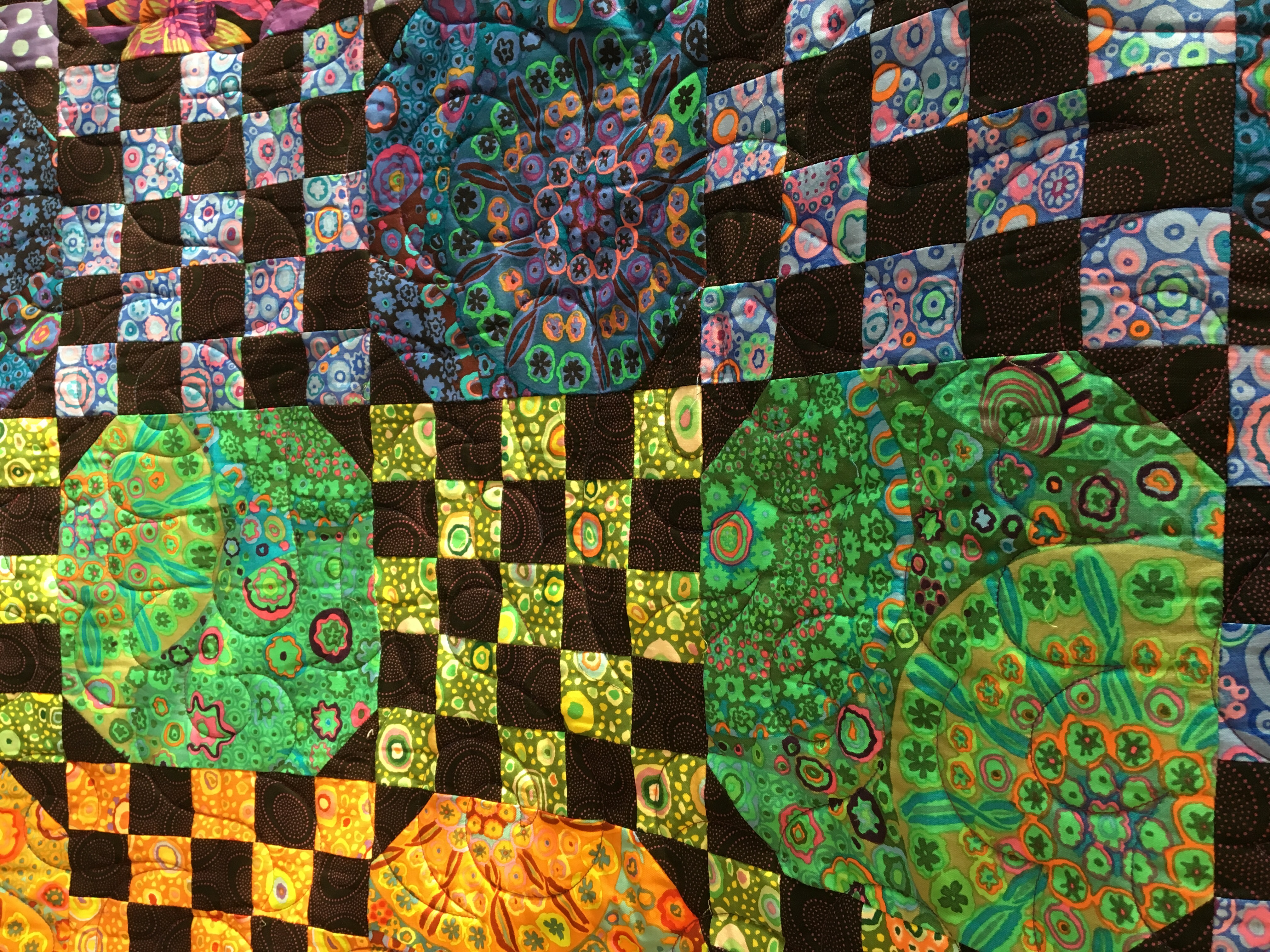
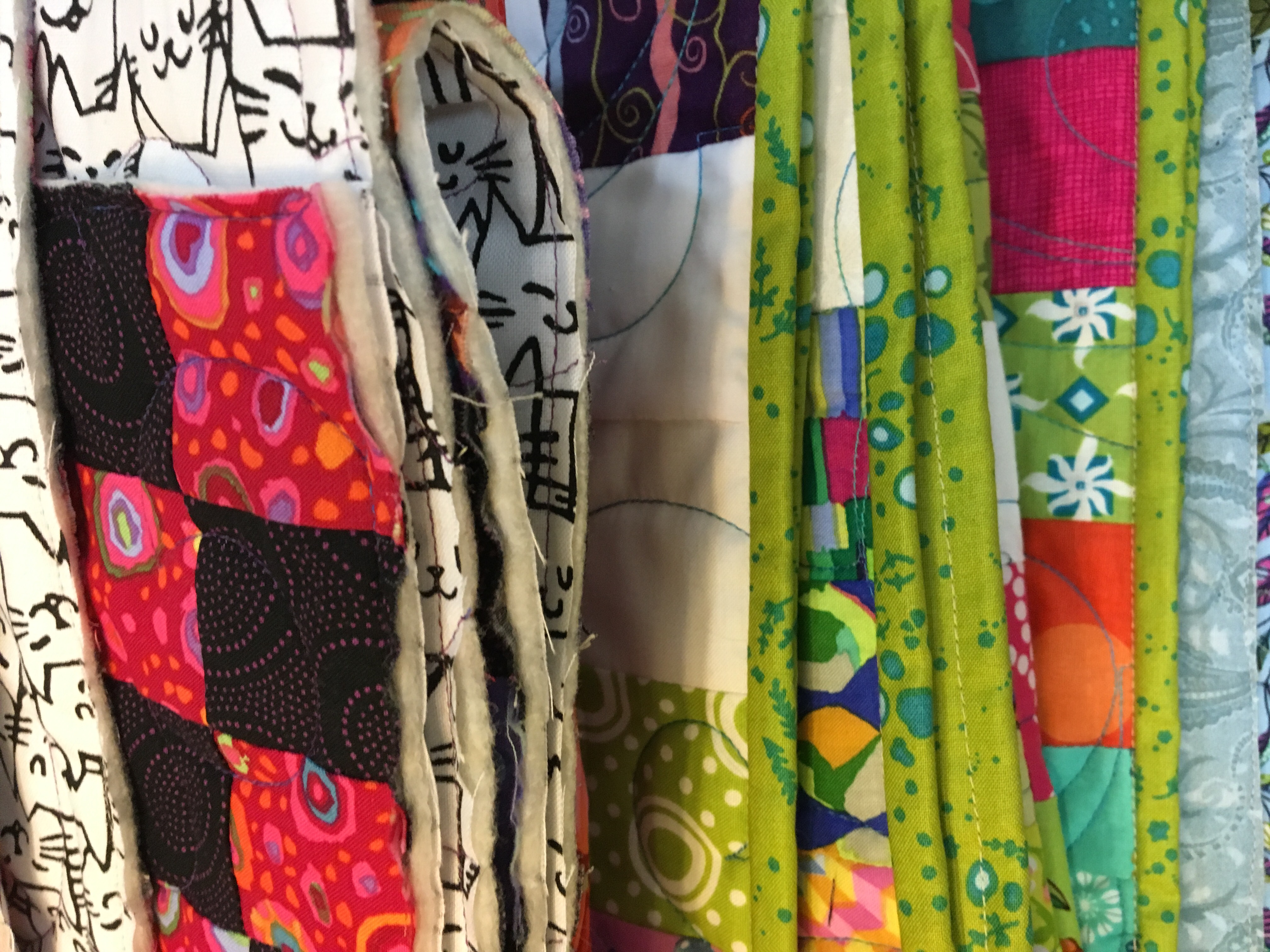
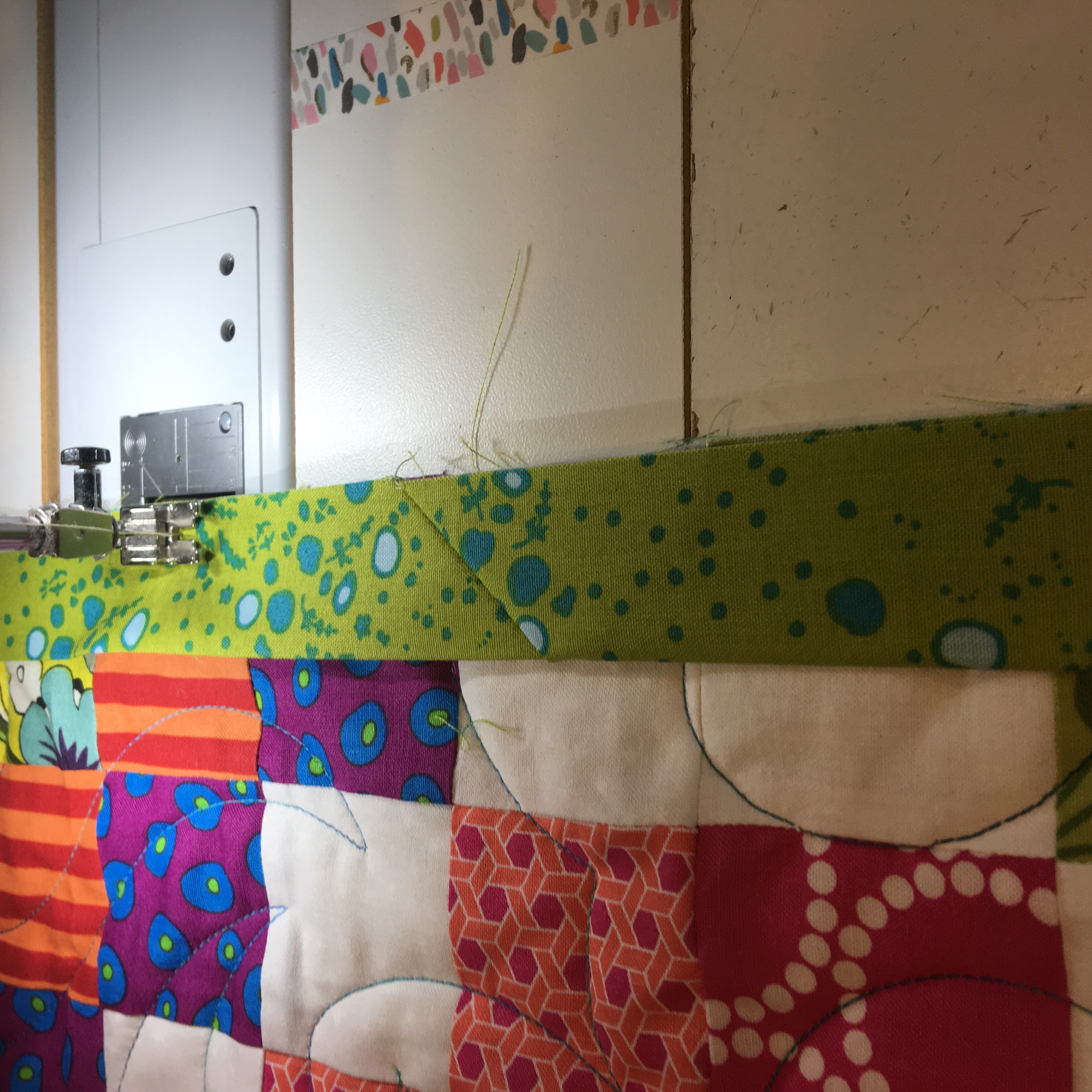










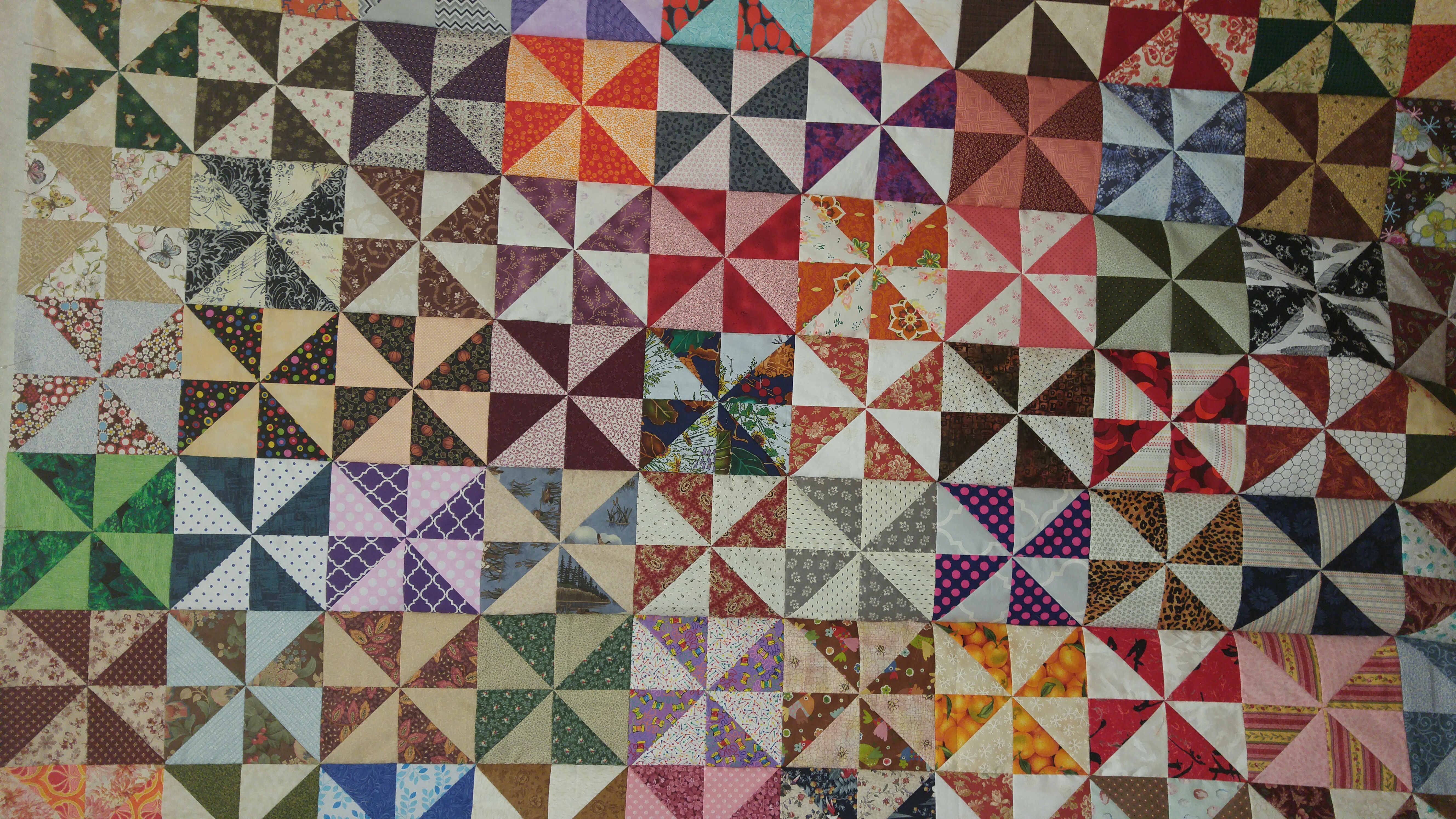
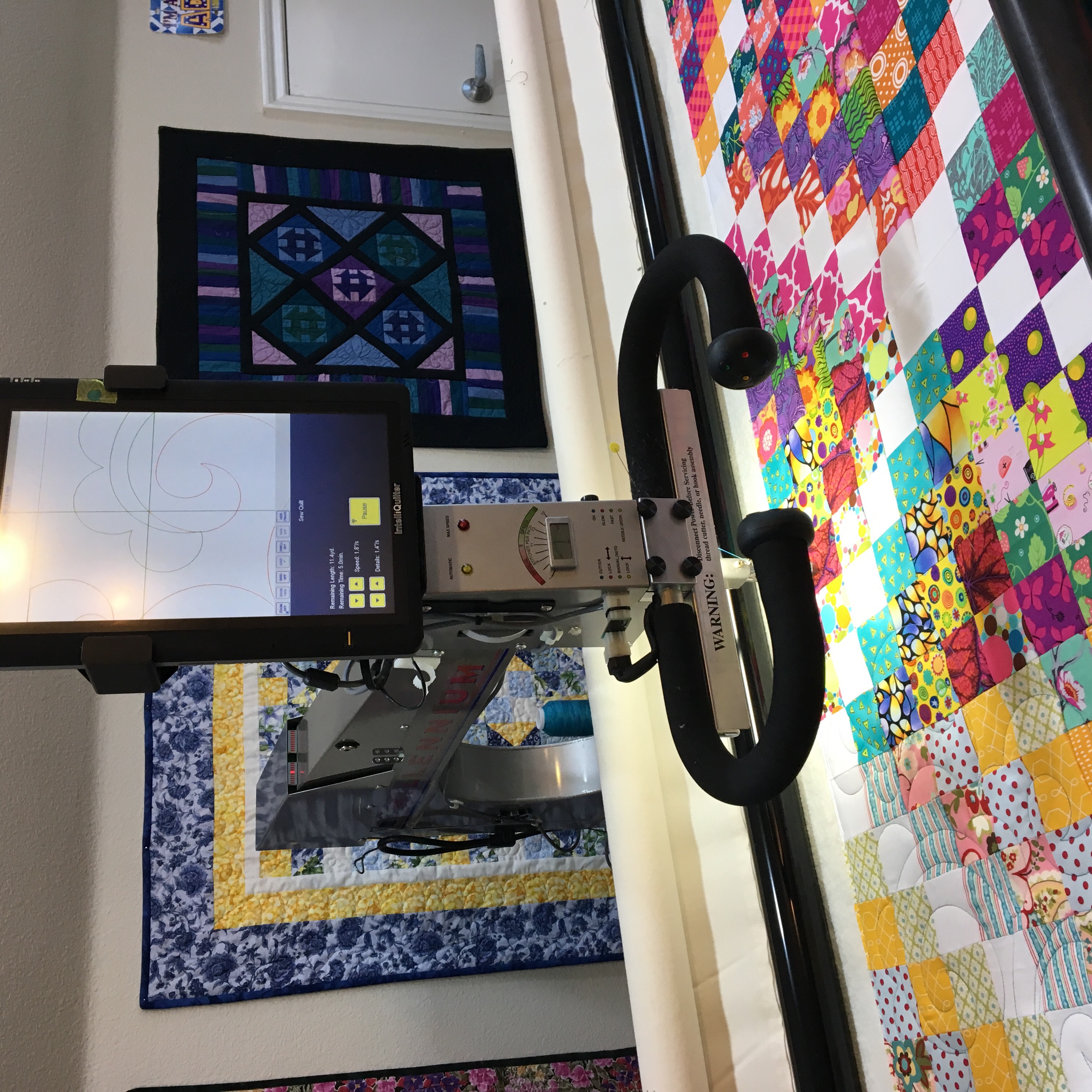
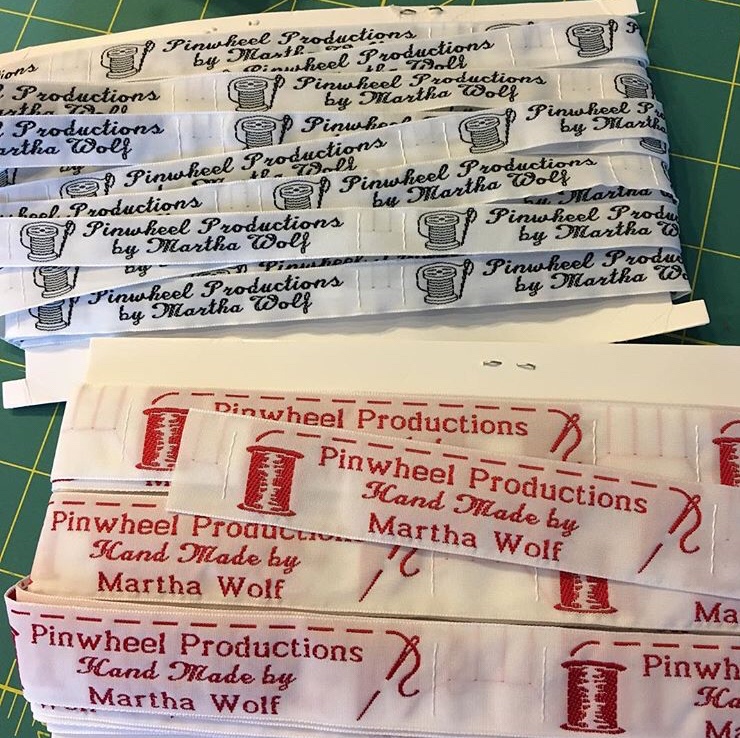


You must be logged in to post a comment.